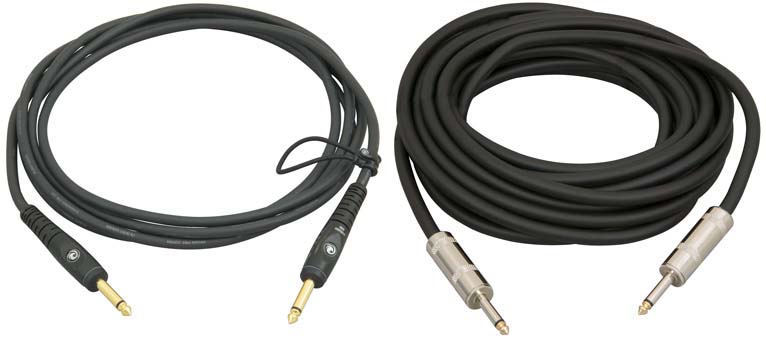The key difference between the two is shielding. The wiring of an instrument cable ensures it is shielded. This is implemented because instruments produce a very weak signal path, and are therefore susceptible to unwanted signal interference, caused by electronic waves that move through the air. Amps, conversely, produce a lot of power. So much that there isn’t a need for shielding in a speaker cable – the signal is already powerful enough to resist any interference.
Where issues arise is when an instrument cable is used to hook up your rig. In this scenario the amp is attempting to put out a level of power that is far greater than what the instrument cable can handle. Under intense duress the amp attempts to push its tremendous power through the small cable, the strain of which can consequently damage your amp, speakers or both. Plus there’s the possibility that the cable will melt, creating a fire hazard.
Alternatively, the use of a speaker cable in place of an instrument cable will produce significant noise from your amp, monitors and potentially other electronic equipment. Without the necessary shielding there is simply no barrier to protect the signal from exterior interference. In practical terms you will be getting high-pitched howling and a ton of static.
It’s important to know the difference between speaker and instrument cables. And when you do, of even greater importance to use them correctly, otherwise risk destroying your rig. Our advice: invest in both and use them as they were intended.







